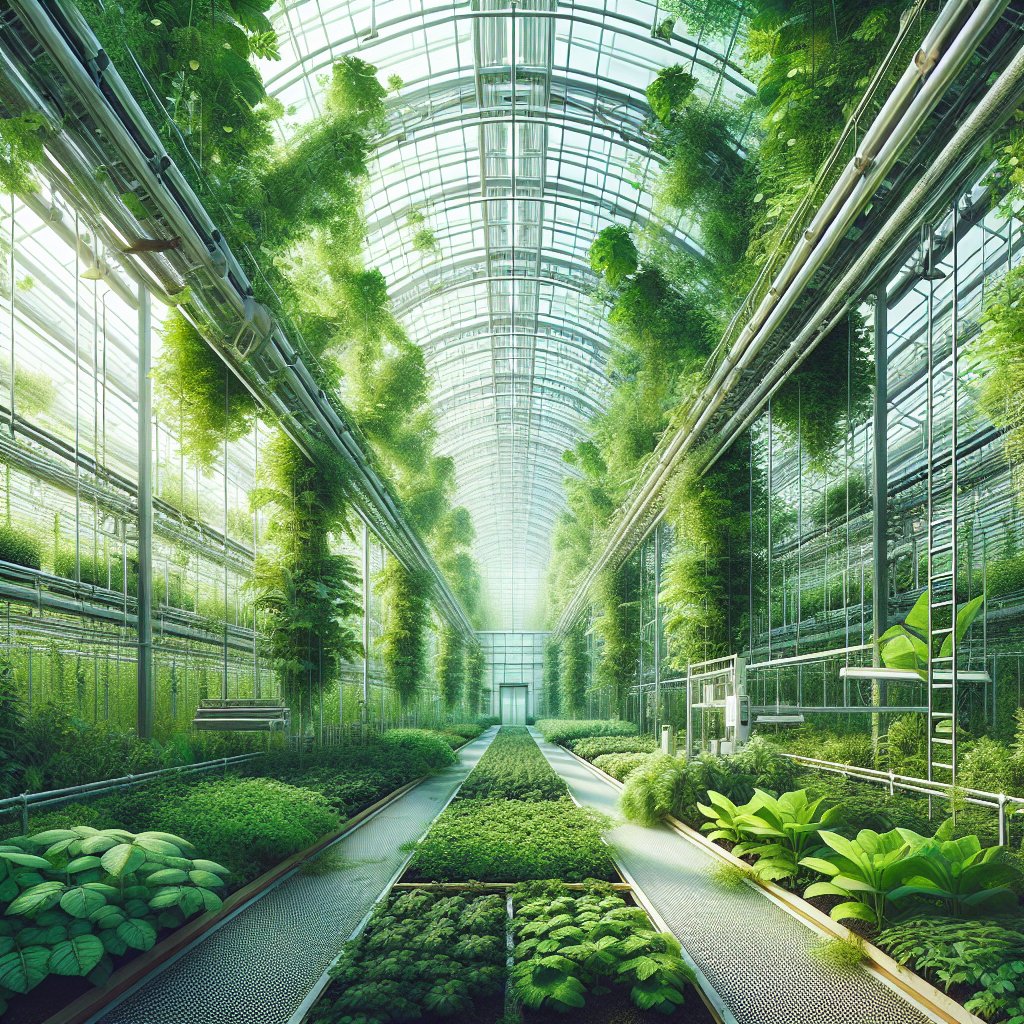Cover crops have emerged as a vital component in sustainable agriculture, offering numerous benefits for soil health. These crops, grown primarily for the benefit of the soil rather than for harvest, play a crucial role in enhancing soil structure, fertility, and biodiversity. By integrating cover crops into farming practices, farmers can improve the resilience and productivity of their land, contributing to long-term agricultural sustainability.
Enhancing Soil Structure and Fertility
One of the primary benefits of cover crops is their ability to improve soil structure. The roots of cover crops penetrate the soil, creating channels that enhance water infiltration and reduce soil compaction. This improved soil structure allows for better root growth of subsequent cash crops, leading to increased yields. Additionally, cover crops help to prevent soil erosion by providing ground cover that protects the soil surface from the impact of raindrops and wind.
Cover crops also contribute to soil fertility by fixing nitrogen and adding organic matter to the soil. Leguminous cover crops, such as clover and vetch, have the ability to fix atmospheric nitrogen through a symbiotic relationship with rhizobia bacteria. This process enriches the soil with nitrogen, reducing the need for synthetic fertilizers. Furthermore, as cover crops decompose, they add organic matter to the soil, improving its nutrient-holding capacity and promoting the activity of beneficial soil organisms.
Promoting Biodiversity and Pest Management
In addition to enhancing soil structure and fertility, cover crops play a significant role in promoting biodiversity within agricultural systems. By providing habitat and food sources for a variety of organisms, cover crops support a diverse ecosystem that includes beneficial insects, earthworms, and microorganisms. This biodiversity is essential for maintaining soil health and resilience, as it helps to regulate pest populations and improve nutrient cycling.
Cover crops can also serve as a natural pest management strategy. Certain cover crops, such as mustard and radish, release biofumigants that suppress soil-borne pathogens and pests. Additionally, cover crops can attract beneficial insects that prey on crop pests, reducing the need for chemical pesticides. By integrating cover crops into their farming practices, farmers can create a more balanced and sustainable ecosystem that supports both crop production and environmental health.
Improving Water Management and Climate Resilience
Water management is another critical area where cover crops offer significant benefits. By improving soil structure and increasing organic matter content, cover crops enhance the soil’s ability to retain moisture. This increased water-holding capacity is particularly beneficial in regions prone to drought, as it helps to maintain soil moisture levels and reduce the need for irrigation. Additionally, cover crops can reduce surface runoff and improve water quality by trapping sediments and nutrients before they reach water bodies.
Cover crops also contribute to climate resilience by sequestering carbon and reducing greenhouse gas emissions. Through photosynthesis, cover crops capture atmospheric carbon dioxide and store it in their biomass and the soil. This process not only helps to mitigate climate change but also improves soil health by increasing organic matter content. Furthermore, cover crops can reduce nitrous oxide emissions by improving nitrogen use efficiency and reducing the need for synthetic fertilizers.
Challenges and Considerations in Cover Crop Adoption
Despite the numerous benefits of cover crops, there are challenges and considerations that farmers must address when adopting these practices. One of the primary challenges is the cost and labor associated with planting and managing cover crops. Farmers must carefully select cover crop species that are compatible with their cropping systems and local environmental conditions. Additionally, the timing of cover crop planting and termination is crucial to ensure that they do not compete with cash crops for resources.
Another consideration is the potential for cover crops to harbor pests and diseases. While cover crops can suppress certain pests, they may also provide habitat for others. Farmers must monitor their fields and implement integrated pest management strategies to minimize the risk of pest outbreaks. Additionally, cover crops may require additional management practices, such as mowing or grazing, to prevent them from becoming invasive or difficult to terminate.
Conclusion
Cover crops offer a multitude of benefits for soil health, making them an essential component of sustainable agriculture. By improving soil structure, fertility, and biodiversity, cover crops enhance the resilience and productivity of agricultural systems. They also contribute to water management and climate resilience, supporting long-term environmental sustainability. While there are challenges associated with cover crop adoption, the potential benefits far outweigh the costs. As farmers continue to seek sustainable solutions for their operations, cover crops will undoubtedly play a crucial role in the future of agriculture.



